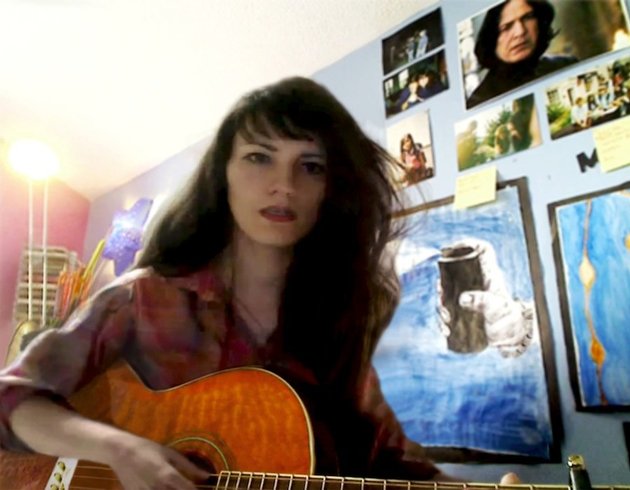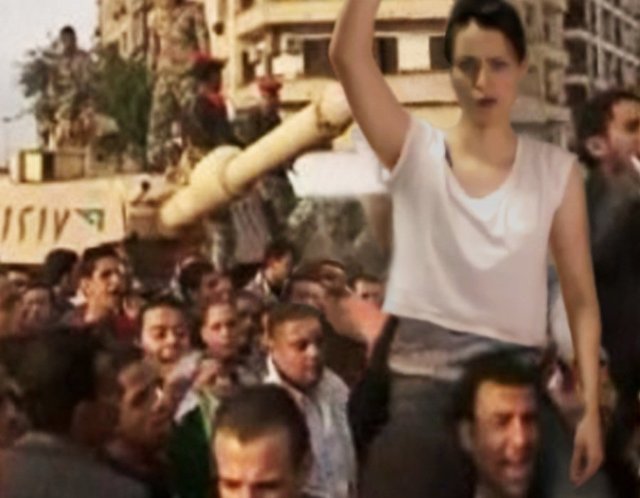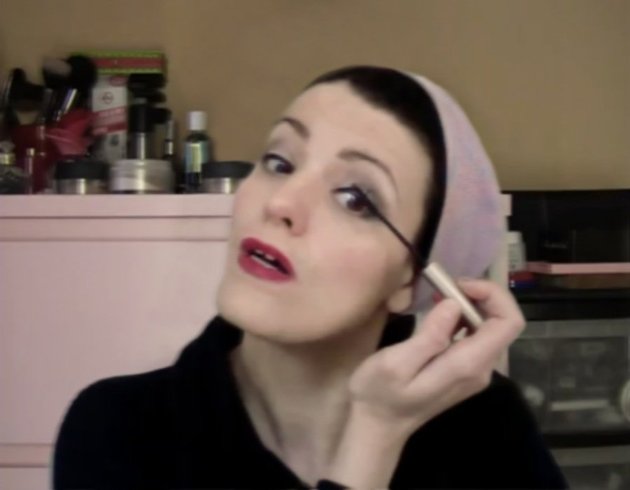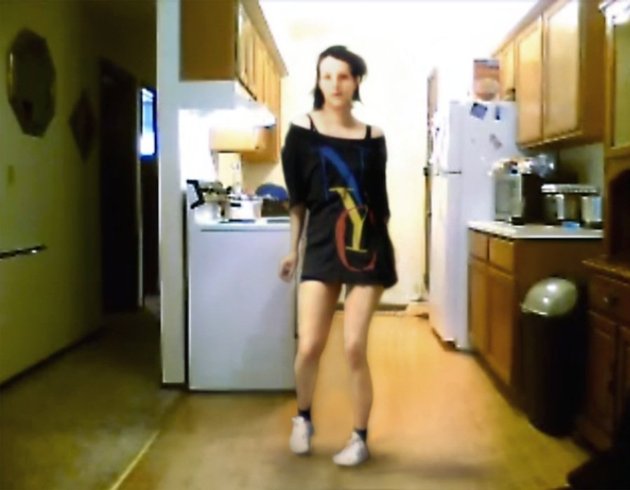Projects
Untitled YouTube Stills
A Project by Anahita Razmi
This title and project relates to Cindy Sherman's seminal Untitled Film Stills series, in which the artist took on numerous female guises in staged scenes aping the production stills from seemingly recognisable yet ultimately nonexistent films. This project, entitled Untitled YouTube stills, takes Sherman's strategy but adapts it by replacing the film context with that of YouTube video.
Since its birth in 2005, YouTube has become one of the most popular online platforms for user-generated video and we are now used to watching home-made footage of people singing their favourite songs, playing guitar, giving style advice, or cats doing funny things. But the platform, much like Facebook and Twitter, has also been used to broadcast politically relevant eyewitness 'documents' from conflicts and revolutions around the world. In 2009, protesters from the Green Movement in Iran uploaded videos taken using mobile phones to the site, showing the ongoing protests and the brutal responses to them in a country where no international media was allowed. And during the Arab Spring in 2011, YouTube played an important role in spreading images from the streets, as it continues to do in the ongoing Syrian Revolution.
The project Untitled YouTube Stills rifles through the plethora of user-generated videos created for YouTube, and raises the question of whether certain stereotypical images, recognisable figures, settings and aesthetics can be extracted from them.
The project is structured as an ongoing series of photographs, re-enacting selected video stills. The re-enactment is - according to Sherman's working method - always performed by the artist. Composed of rebuilt sets, photomontage and collage work, the photographs blur together technical alterations of the image and self-staging. Within this, questions regarding the application of Sherman's strategy arise: What happens to the performative moment (of altering the self, rather than altering the image) in Sherman's work, when misused? What happens when the 'reality' format of YouTube is replacing the fictional format of the medium of film?
Can one even speak of YouTube as a medium, or is failure inevitable when trying to find programmatic indications and figures? The nonjudgmental juxtaposition of images within this series constitutes an experimental approach, testing the characteristics of ever-shifting, newly accessible mass media forms and aesthetics in comparison with formerly exclusive media like film, targeted in the cited work of Cindy Sherman.
Anahita Razmi, June 2012




















